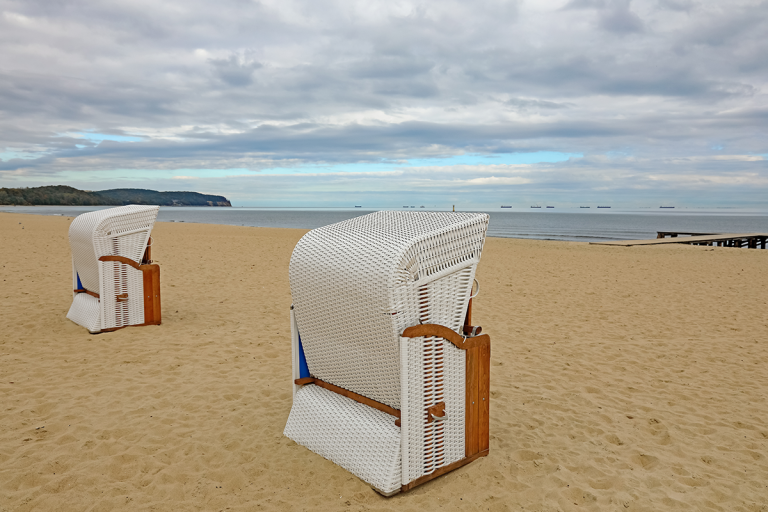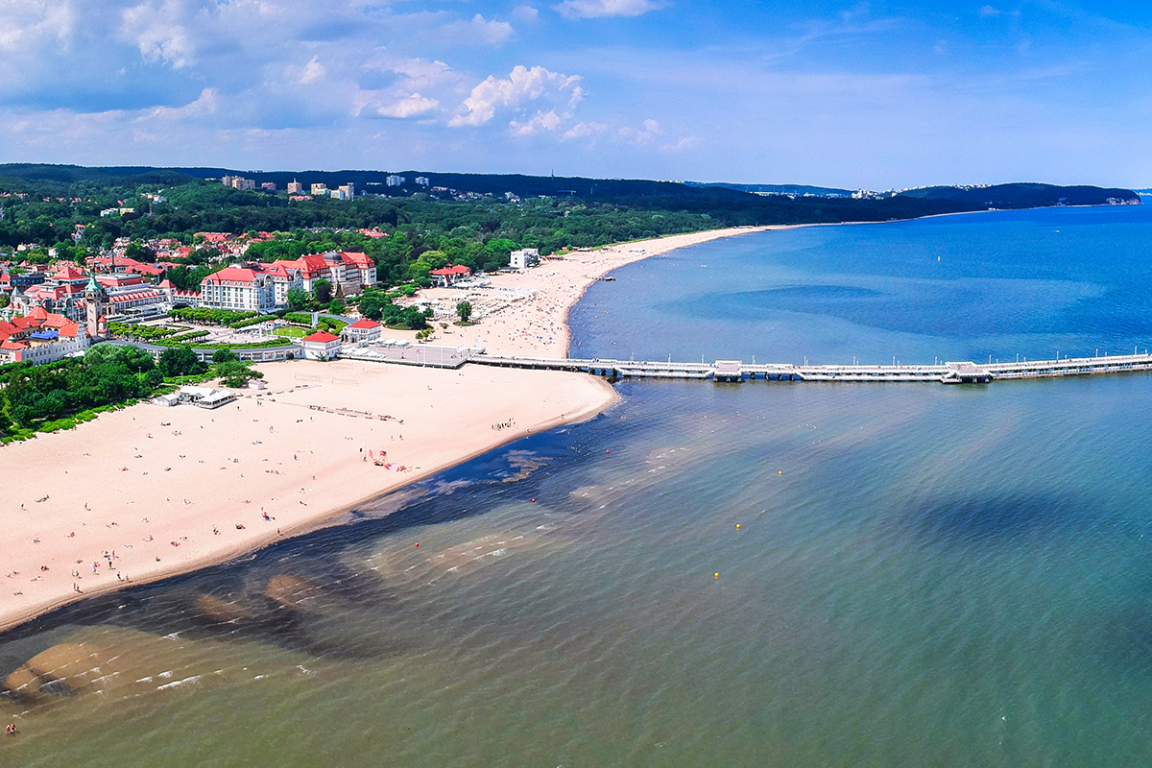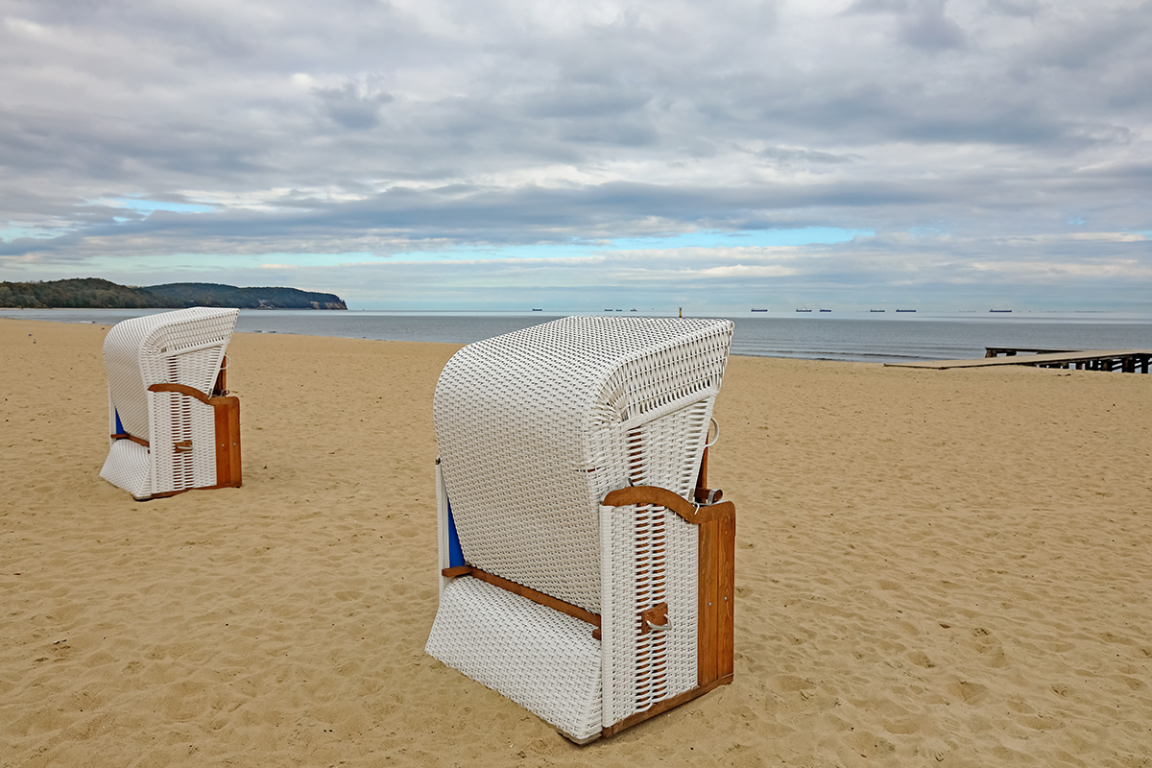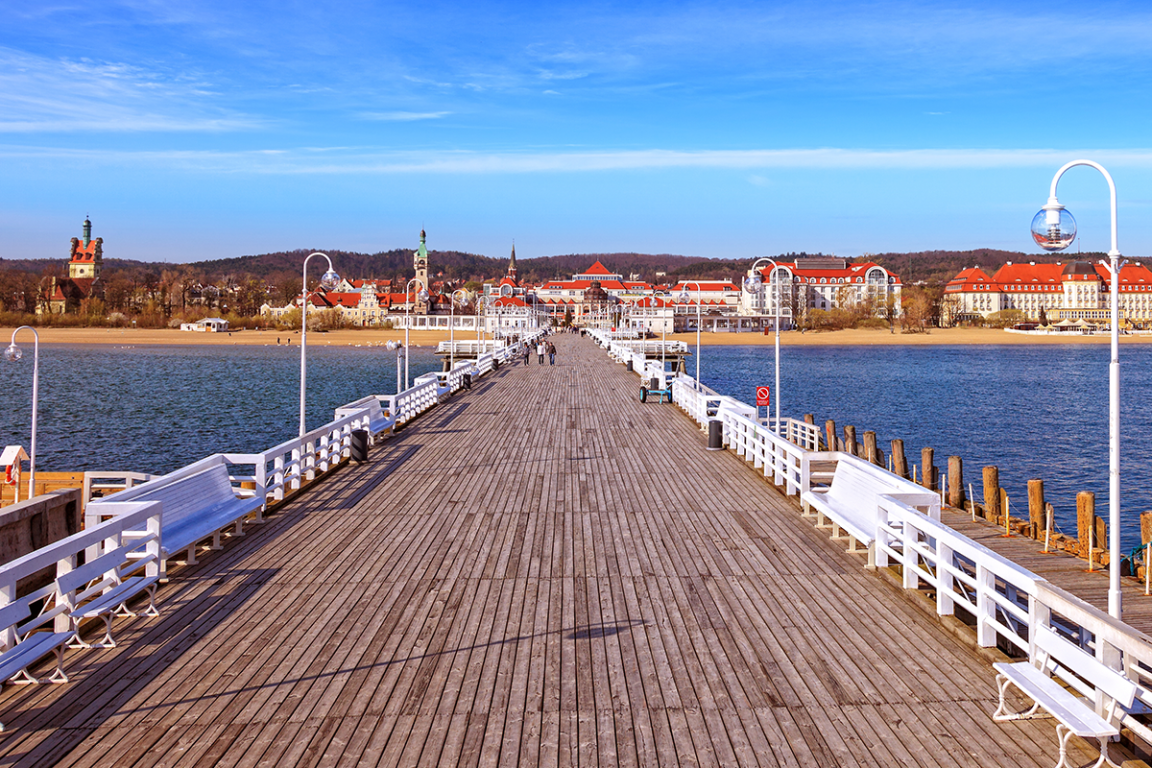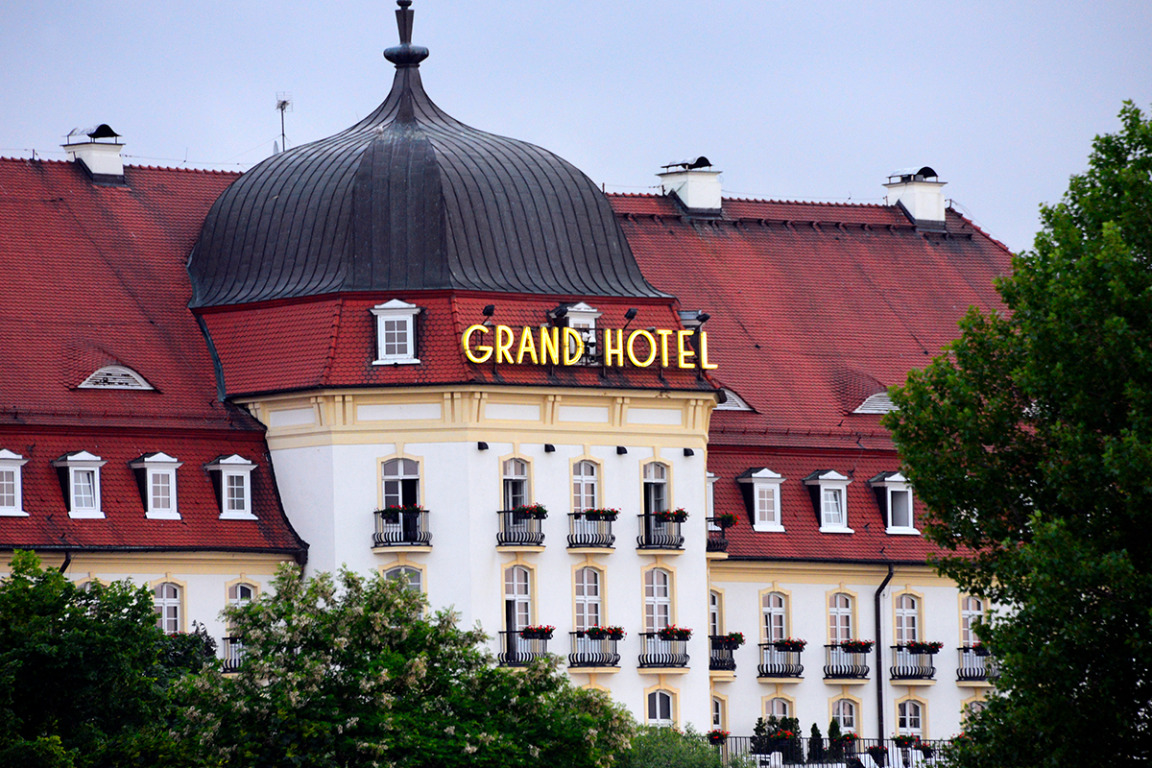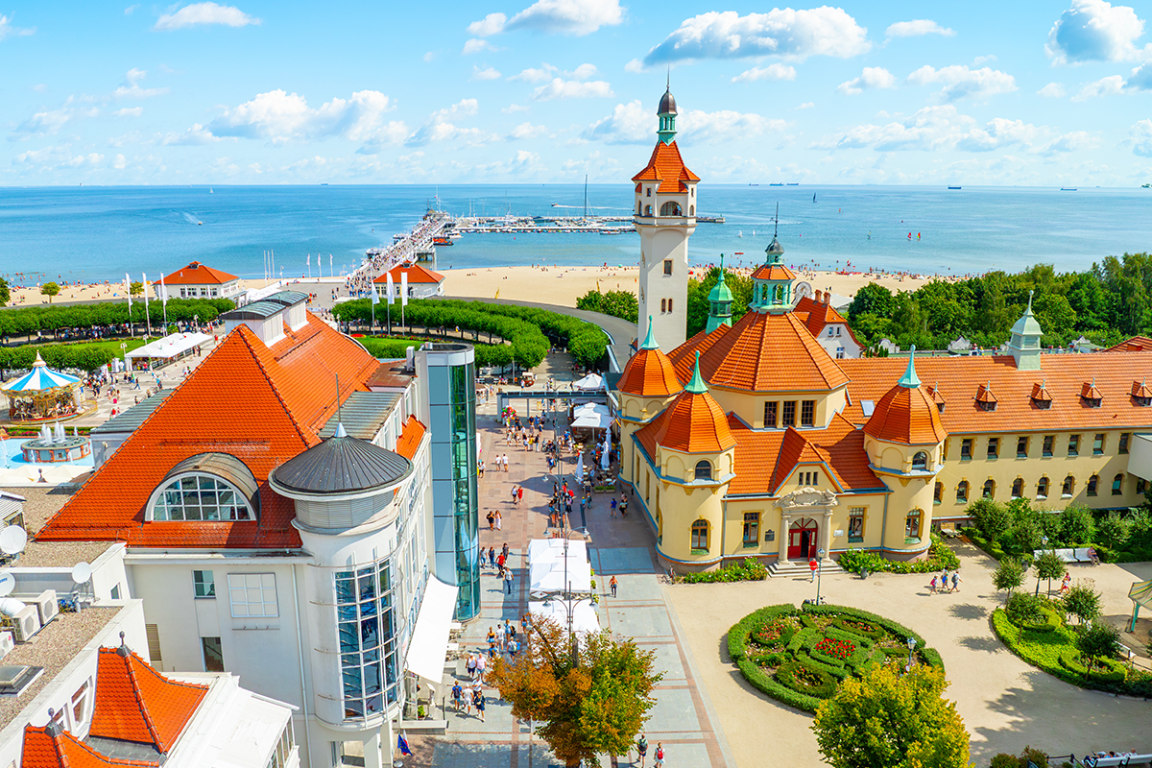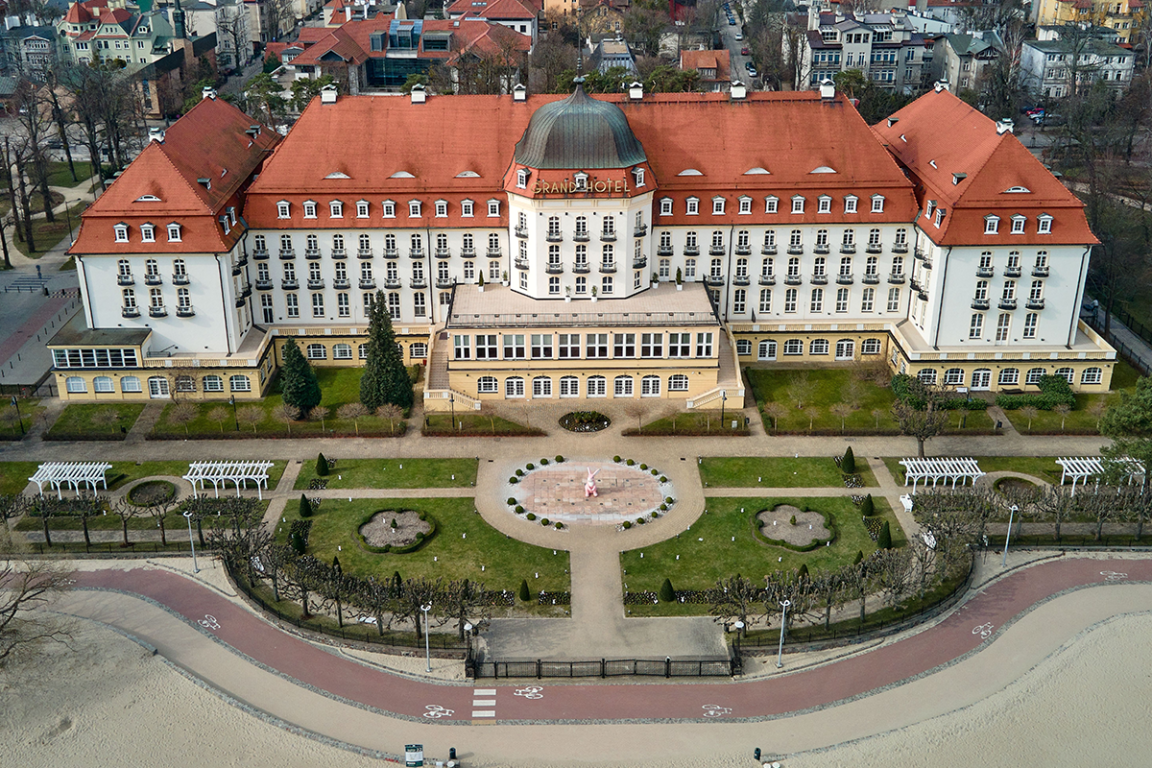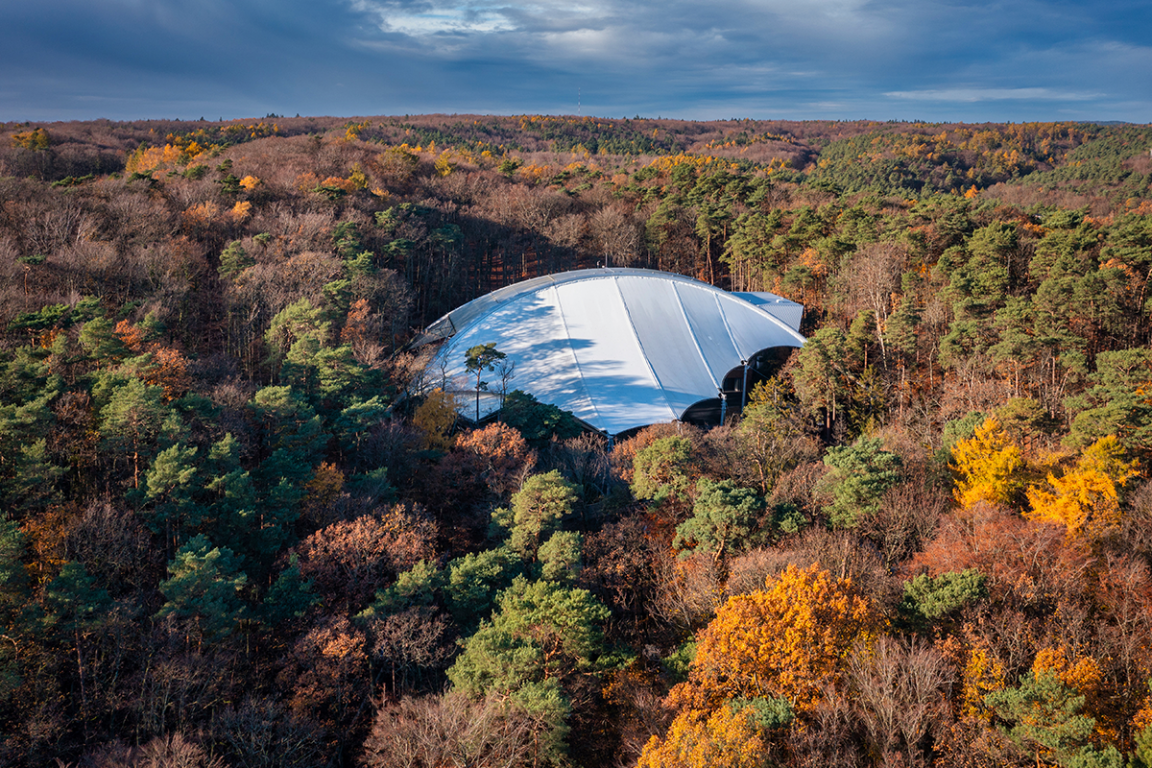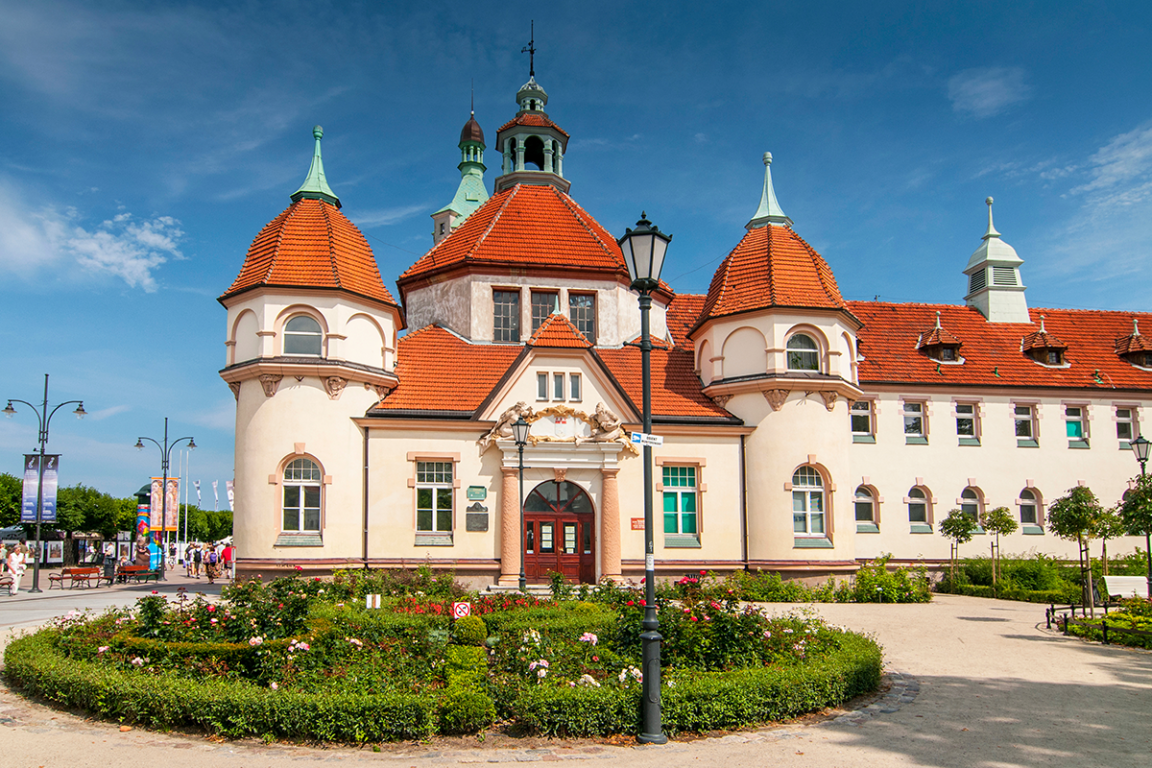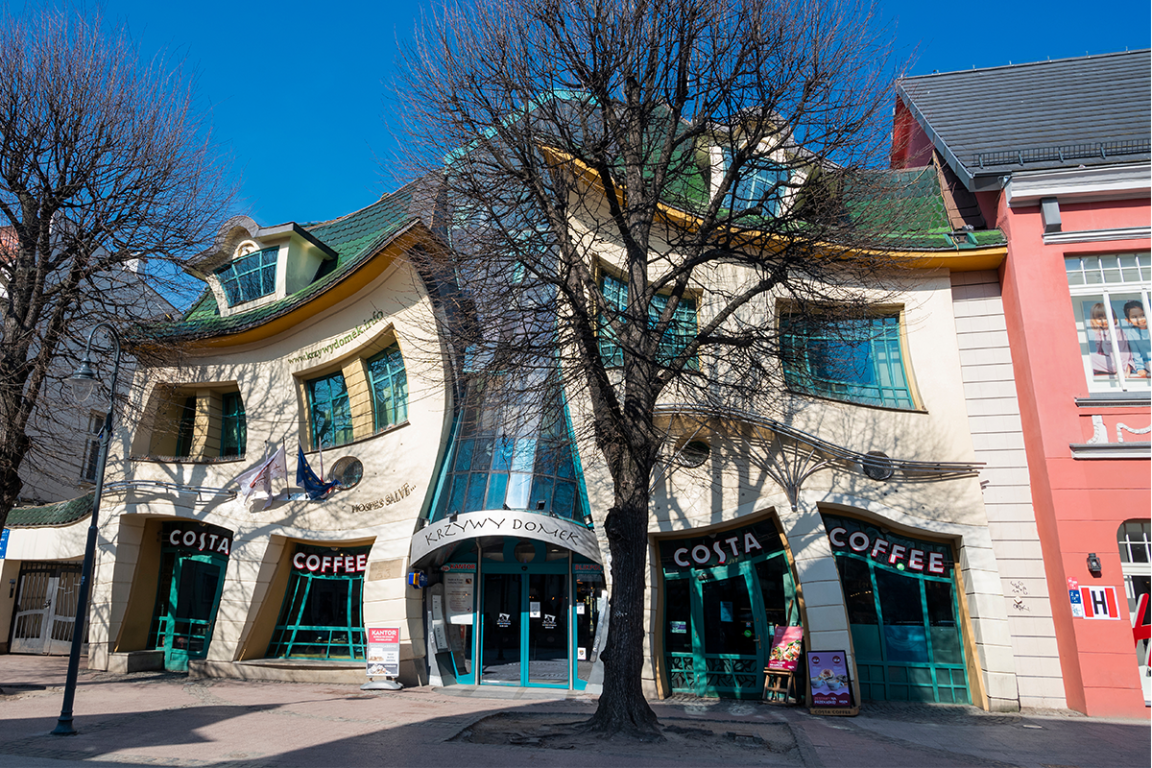Sopot: The Belle Époque Spirit of Poland’s Seaside Gem
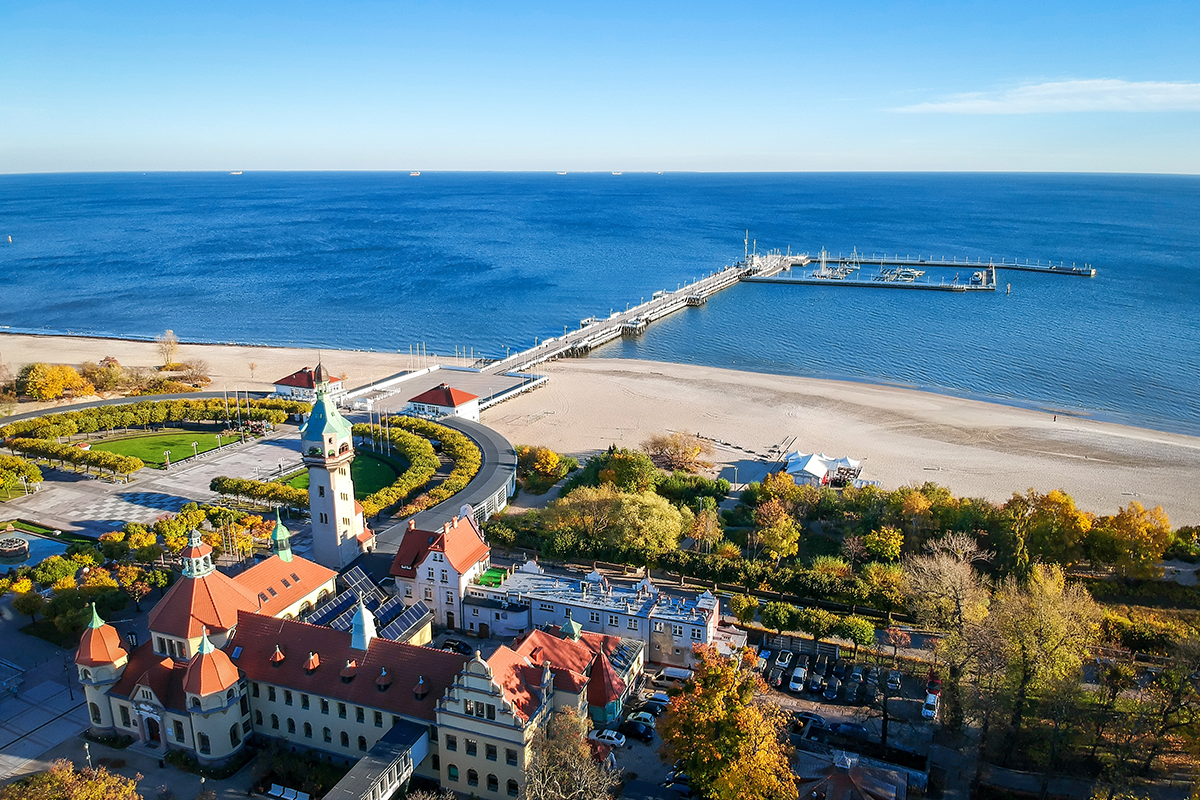
It’s a curious thing, the seaside. In Britain, one thinks of Brighton’s piers and Punch & Judy shows; in France, perhaps Deauville or Biarritz. But in Poland, the story of seaside leisure has its own distinctly Baltic accent. And nowhere is it told better than in Sopot, a town of just under 40,000 souls that has long carried itself with the confidence of a grand resort. Here, elegance mixes with sandcastles, jazz spills from beach cafés, and the wooden pier reaches out like a fragile arm across the waters of the Gulf of Gdańsk
Salt, Sand, and Sanatoria: The Origins of Seaside Resorts
The seaside was not always a place of leisure. For centuries, the Baltic coast was a working frontier—fishermen, shipbuilders, and merchants ruled the shoreline. Then came the 18th and 19th centuries, when Europeans discovered the bracing powers of salt air and cold water. In England, Dr Richard Russell was prescribing sea-bathing in Brighton by the 1750s. Soon, aristocrats were flocking to the shore not just for health, but for fashion.
Sopot entered this story in 1827, when Dr Jean Georg Haffner, a Napoleonic army medic, founded a health spa and erected the town’s first modest wooden pier. What he began was more than medical practice—it was a lifestyle.
The Golden Age of Polish Beach Resorts
The rise of Sopot was mirrored by other Baltic towns, but Sopot’s cosmopolitan charm set it apart. When the Grand Hotel opened in 1927 as the Kasino Hotel, its salons hosted crowned heads and Hollywood stars alike—today still an icon of Sopot’s Belle Époque elegance. During the interwar years, Sopot earned nicknames like “the Bayreuth of the North” thanks to operatic festivals at the Forest Opera. After WWII, the Sopot International Song Festival, held at Forest Opera from 1964 onwards, continued the town’s role as Poland’s cultural summer stage
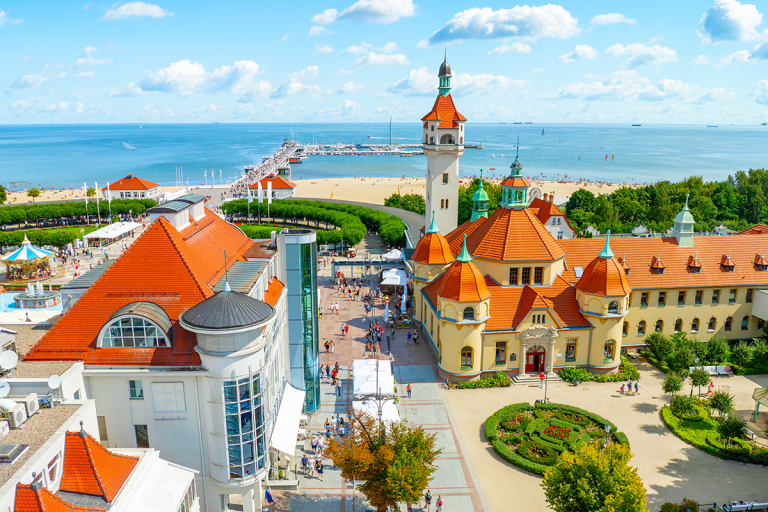
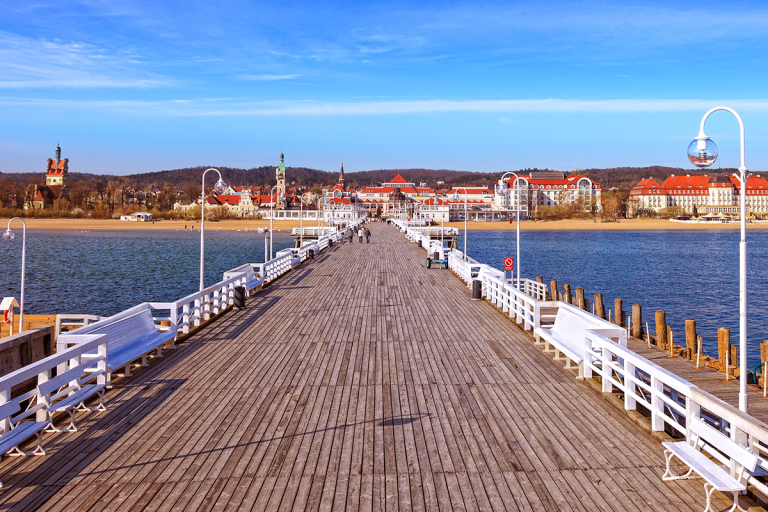
The Five Faces of Sopot: What Not to Miss
1. The Pier (Molo)
At 511.5 metres, this is Europe’s longest wooden pier, first opened in 1827. Its length was extended over the years to 150 m, then 315 m, and finally to its current grandeur around 1928. Walking is to tread between history and horizon, with an elevated dose of Baltic iodine in the air.
2. The Crooked House (Krzywy Domek)
A fairytale silhouette among Sopot’s architecture—It’s warped walls and dreamy windows are utterly photogenic and whimsically expressive.
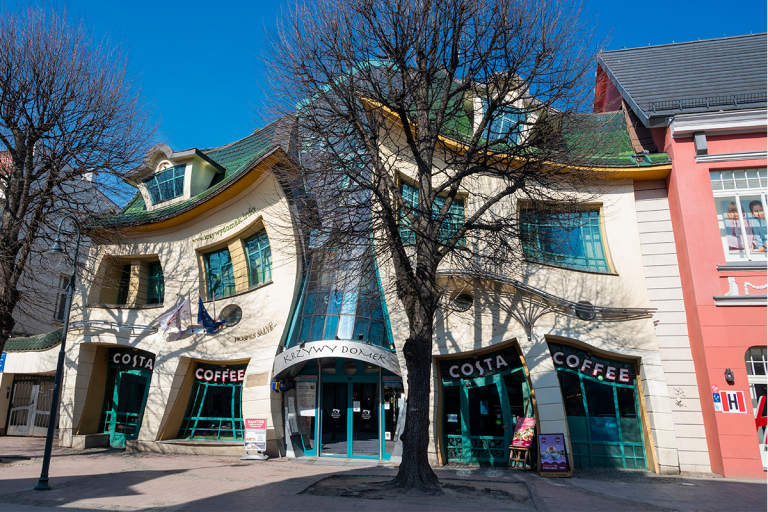
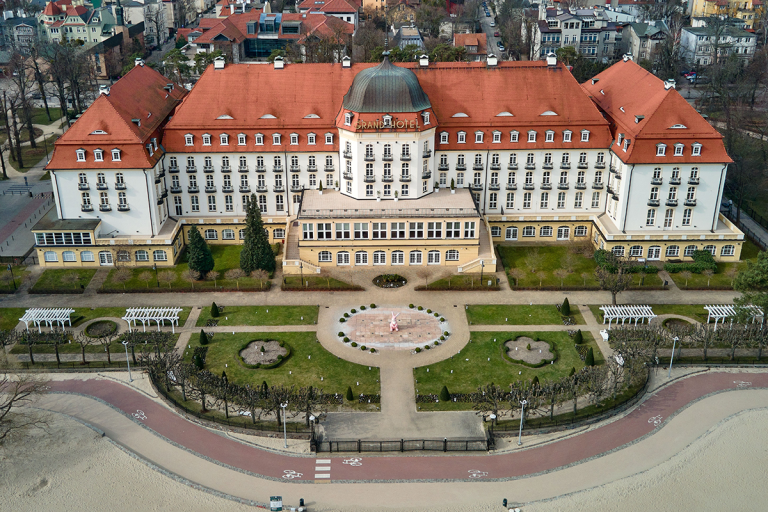
3. Monte Cassino Street (Bohaterów Monte Cassino)
The vibrant artery of Sopot, known as “Monciak.” Lively, pedestrianised, full of cafés, buskers, and the unmistakable buzz of summer.
4. The Grand Hotel
Once the Kasino Hotel of the 1920s and architecturally rich in Art Deco curves, the Sofitel Grand Hotel remains a symbol of Sopot’s refined past and vibrant presence.
5. Forest Opera (Opera Leśna)
Built in 1909, this open-air theatre hosted Wagnerian festivals in its early years and later became the home of the Sopot Song Festival. It seats over 5,000 and is revered for its acoustics and cultural legacy.
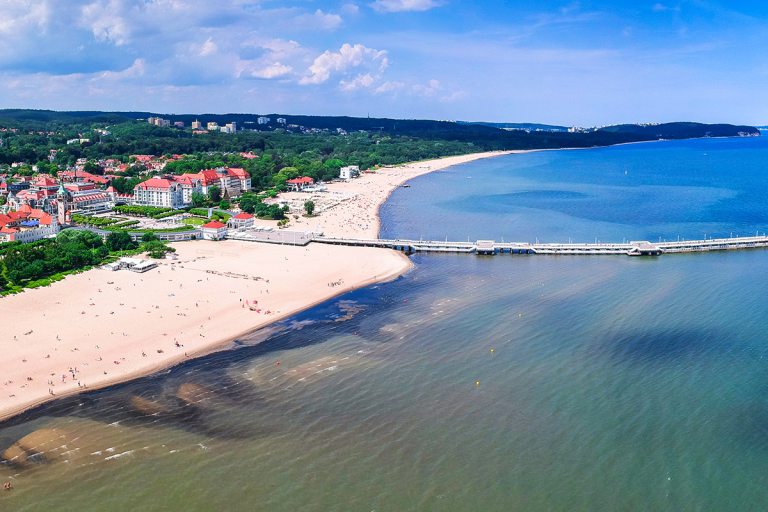
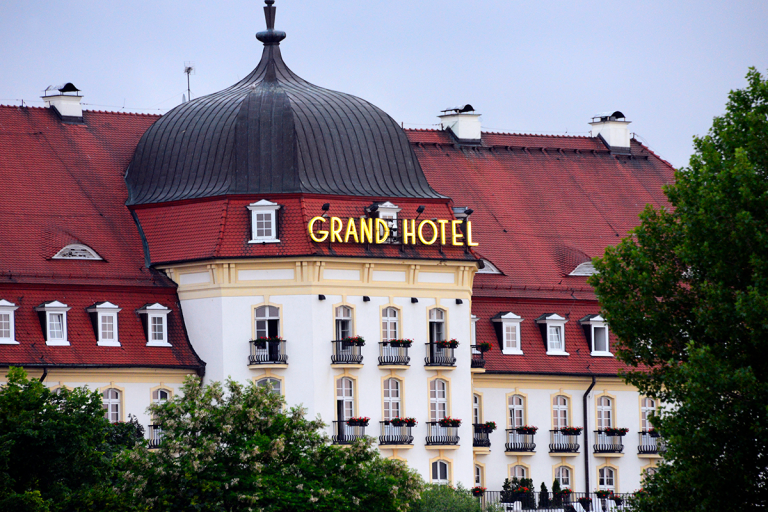
Baltic Flavours: Gastronomy in Sopot
Seaside towns always smell of food—salt, fish, and sweet pastries. In Sopot, the flavours are unmistakably Polish, with a Baltic twist:
- Śledź (Herring)—served pickled, in cream, or fried, often with potatoes and onions.
- Gołąbki with Fish—a coastal twist on stuffed cabbage, sometimes using cod or perch.
- Pierogi z Łososiem—dumplings filled with salmon, dill, and cheese.
- Wuzetka and Sernik—classic Polish cakes served with coffee on Monte Cassino.
- And local sips like żubrówka or Goldwasser, although regional, feel at home here.
In summer, lody (ice cream) remains a ritual: queues down Monte Cassino choose between wild strawberry and pistachio before melting into a sunset walk on the beach.
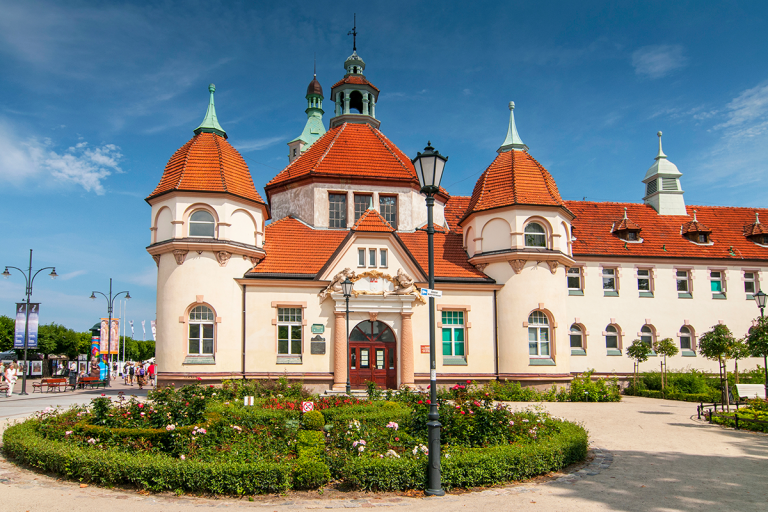
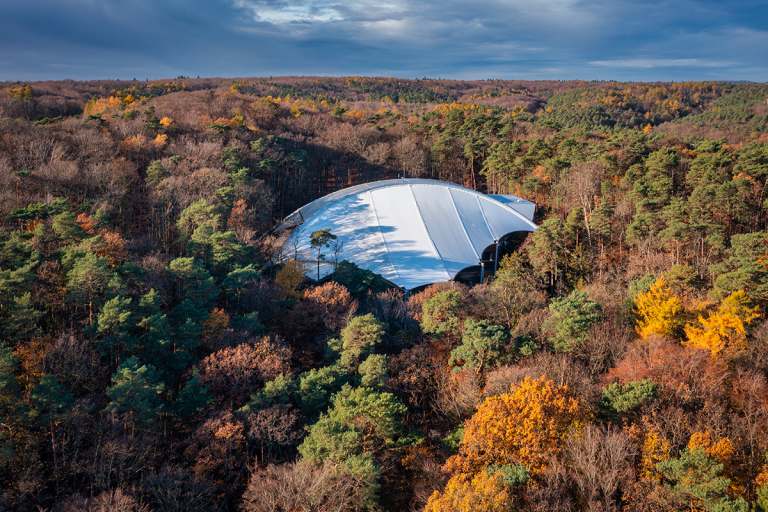
The Part That Stays With You
What lingers after Sopot isn’t its landmarks, but its spirit—a graceful blend of grandeur and playfulness. A place where aristocrats once glided in dancing halls, where Communists cheered in open-air concerts, and where students lounge by the sea, smartphones in hand. Historic without heaviness, stylish without pretence, Sopot reminds you that seaside culture can be both restorative and vividly alive.
At twilight, the Baltic turns silver, the town’s lights glow behind you, and the gulls cry like echoes of summers long passed. Sopot feels like every seaside you’ve loved—only more intimately Polish.
Did You Know?
- Archaeological digs reveal that Sopot originated as an 8th–10th-century fortified settlement—now the open-air heritage park Grodzisko in Sopot near Haffner Street.
- The pier’s end has twice the iodine concentration of the shore—earning it a reputation as therapeutic.
- The Forest Opera originally hosted Wagnerian operas during the early 20th century—hence “Bayreuth of the North”.
- The Grand Hotel functioned as Hitler’s headquarters in 1939—one of its darker historical chapters.
- Sopot officially received town rights only in 1901, making it a relatively young city in historical terms.
